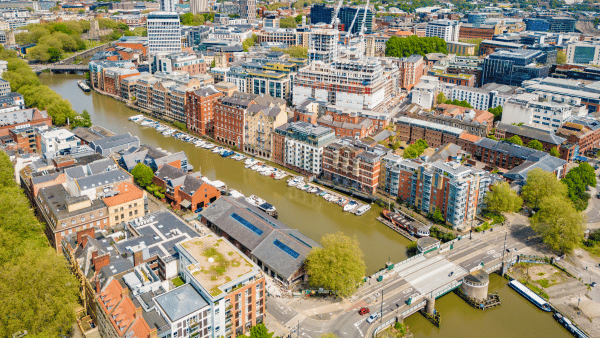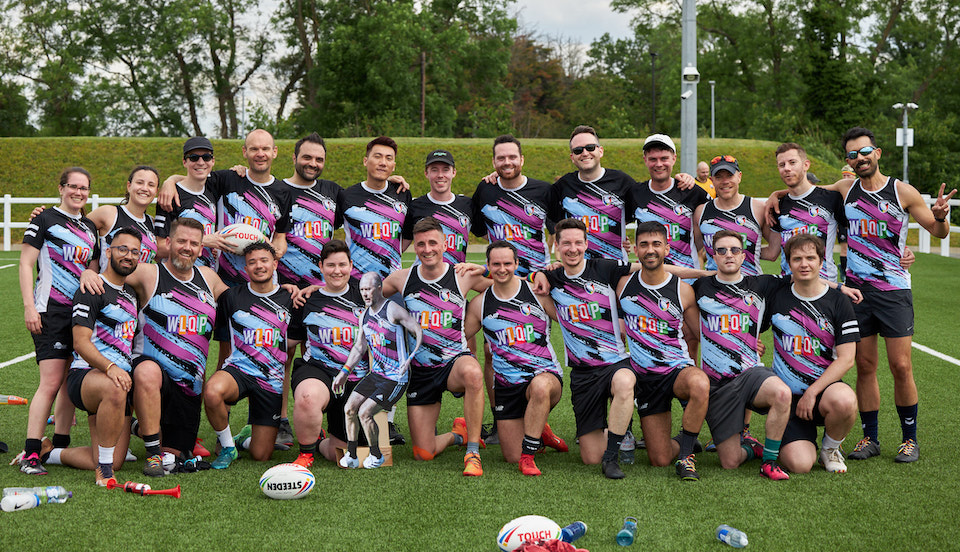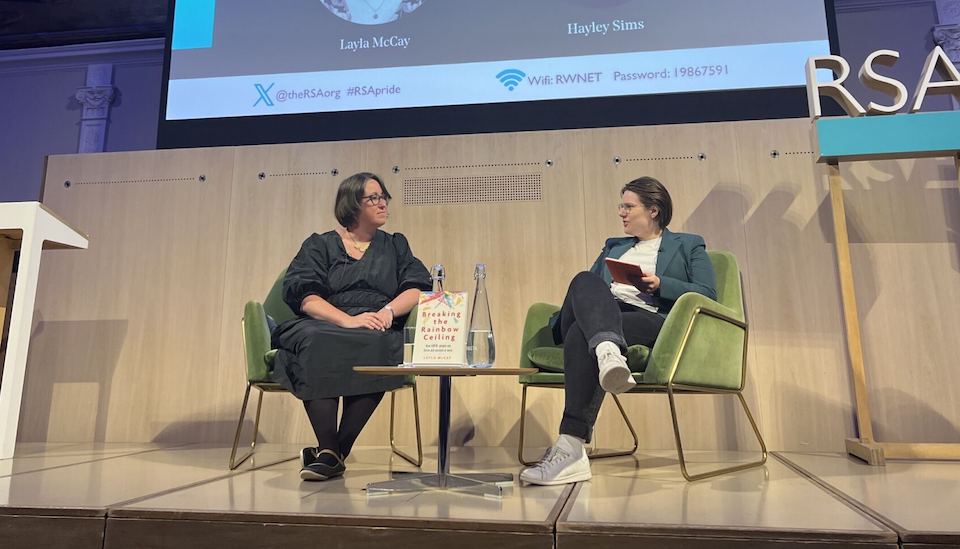Although they generally don't work, many of us are trying to stick to New Year's resolutions. My own is to have an alcohol-free January (although the decision not to join Cancer Research's commendable 'Dryathalon' hints at my ambivalence).
Resolutions reflect different types of personal aspiration. Broadly speaking, in life we pursue pleasure, control and virtue. This triptych has some resemblance to both the categories of cultural theory (individualism, hierarchy and solidarity) and the Freudian model of personality (id, ego, super-ego). The good life well lived involves a benign balance between these impulses, a goal made challenging by them tending to be in both practical and psychological tension.
This framework came to mind reading a great blog post from my colleague, Adam Lent. In it the Director of the RSA’s Action and Research Centre composes a powerful hymn to creativity. Adam’s post also reflects an internal debate we have been having here at the RSA about how to put creativity at the front and centre of everything we do.
How might a commitment to creativity - which Adam sees as the core competency for the 21st century citizen - be manifest across our three types of personal aspiration?
In relation to pleasure, prizing creativity might lead to an emphasis on participation and production over spectatorship and consumption. And, even where cultural appreciation is more passive, the disciple of creativity would seek out experiences which demand imagination and intellectual engagement.
What about creativity and the drive for control? In terms of our own lives, an emphasis on creativity may mean valuing autonomy and choice over other aspects of control such as security or the possession of assets. Second, in relation to others, creative control may be more about the flexible and relational idea of influence rather than the heavy weight of coercive power.
Finally, in terms of virtue, the creative approach will focus on ultimate ends and the search for new solutions rather than simply the observance of existing rules or duties.
Presented in this way the cause of greater creativity certainly seems one the RSA should rally to. Indeed we already do. Quite apart from the longevity and strength of our work on design, RSA reports have, for example, argued for a greater emphasis on participation in publicly funded arts provision, championed the autonomy offered by entrepreneurship, particularly of a socially-minded form, and argued for a more relational, co-productive approach to public services. Creativity has also been an important lecture theme and next week I am chairing the distinguished thinker, writer and former politician Moses Naim who argues convincingly that old forms of authority and power are being challenged by more adaptive and innovative insurgents.
Yet, creativity's strengths are not unalloyed. Take virtue: as I get older I become more aware of the wisdom (the creativity of the past) embedded in traditions and conventions. Equally, I can be dispirited by those people who seem determined to develop their own creative solutions to social problems when they could almost certainly do more good by lending their weight to similar existing ways of doing things (Freud's phrase 'the narcissism of small differences' springs to mind). Sometimes in the face of crisis, threat or short lived opportunity it is creaking old power not subtle new models of influence that are needed. And, whilst high culture and home cuisine may be more creative ways of spending our time, surely we can also be sometimes excused a take away pizza and reruns of The Good Life?
I don’t need Adam’s eloquent prose to convince me that creativity is an increasingly important ingredient for the good society and the fulfilled life. But no ingredient is sufficiently nutritional on its own; what matters is how it adds to the mix. Whether order, efficiency or justice in the public domain or satiation, duty and rest in our private lives, the question is how we enhance creativity without dismissing other qualities, goals or needs.
If creativity is to be our lodestar we will also need an account of its origins. Broadly speaking the argument here has tilted in two ways. Partly thanks to the ten thousand hours rule popularised by Malcolm Gladwell, we tend to see higher levels of creative talent as the result of effort rather than luck or innate ability. As Edison said ‘genius is one percent inspiration and ninety-nine percent perspiration’. Also, historical and geographical analysis suggests that creativity is socially contingent – certain times, places and organisations are more creativity-inducing than others.
These conclusions highlight an important and easily overlooked truth – the road to creativity is not paved with creativity. Thousands of hours of routine practice provide the foundation for creative talent. As I pointed out in an Observer column last year some of the most creative artistic directors in our theatres rely on the more humdrum skills of their commercial directors. Many great policy innovations founder on a failure to get right the grubby politics or grinding task of delivery.
In his post Adam referred to JS Mill’s enthusiasm for originality. Another Millian idea is worth considering – obliquity (the subject of an excellent book by John Kay). As a utilitarian Mill saw the pursuit of happiness as the greatest goal of human life and social policy but towards the end of his life, he argued it was best achieved indirectly: 'this end was only to be attained by not making it the direct end. Those only are happy (I thought) who have their minds fixed on some object other than their own happiness - on some art or pursuit, followed not as a means, but as itself an ideal end. Aiming thus at something else, they find happiness by the way.'
Is the spark of creativity too partly an ‘obliquitous’ phenomenon? If so, as the RSA champions ‘the power to create’ in 2014, our own resolution must be to address intriguing questions about the generators of that power and how it can best be exploited for social benefit.
Related articles
-
Prosperous Places: creating thriving communities
Tom Stratton
With regional growth at the top of the agenda, it is vital that we create thriving communities across economic, social and natural perspectives. Prosperous Places is a suite of interventions aimed at responding to the unique ambitions and challenges of places.
-
Pride interview: Felipe Tozzato
Deborah Ajia
The commercial photographer and RSA Fellow explains what Pride means to him, the importance of courage, making friends through rugby and why being gay is his superpower.
-
Let's smash the Rainbow Ceiling
Ben Oliver
Reflecting on Layla McCay’s recent RSA talk, Ben Oliver offers five ways for employers to create a positive culture for their LGBTQ+ staff that benefits both the individual and the organisation.




Be the first to write a comment
Comments
Please login to post a comment or reply
Don't have an account? Click here to register.